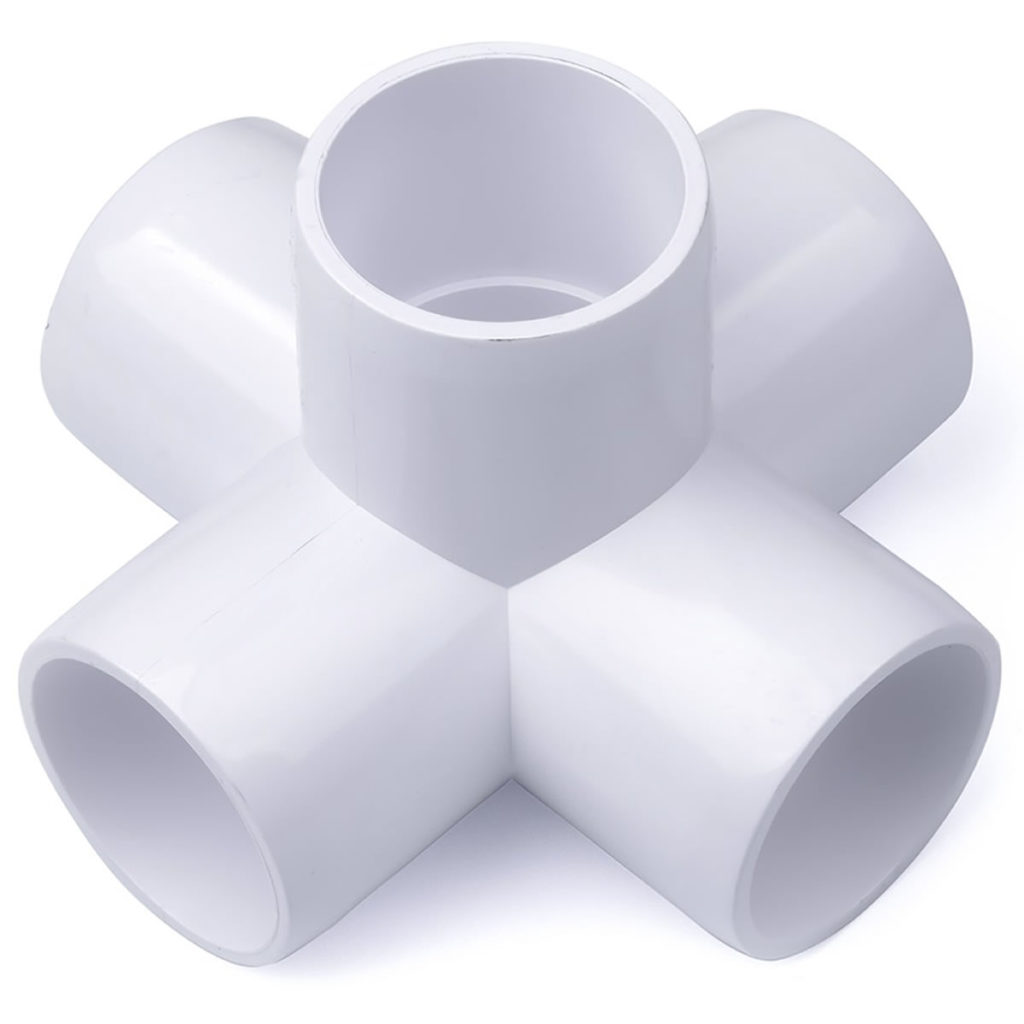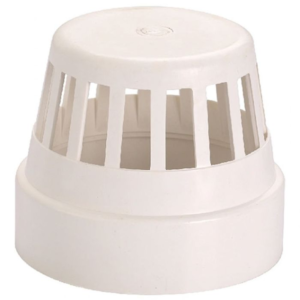
Polyvinyl Chloride (PVC) is a versatile material widely used in the construction and plumbing industries. One of its essential applications is in Drain, Waste, and Vent (DWV) systems within buildings. In this blog, we'll explore the various PVC DWV parts, understanding their functions and popularity in plumbing systems.
- PVC DWV Pipes:
PVC DWV pipes are the backbone of drainage systems. These pipes come in various sizes and are designed to carry wastewater from plumbing fixtures to the sewer or septic system. They are known for their durability, chemical resistance, and ease of installation. The most common types include:
a. DWV Schedule 40 Pipe: - Sturdy and widely used for residential plumbing. - Available in different diameters for various applications. - Suitable for both above-ground and underground installations.
b. DWV Schedule 80 Pipe: - Thicker and more robust than Schedule 40 for applications requiring extra strength. - Ideal for industrial or commercial settings.
- PVC DWV Fittings:
Fittings play a crucial role in connecting and directing PVC pipes to create a functional DWV system. Here are some popular PVC DWV fittings:
a. PVC DWV Elbows: - Available in various angles (90 degrees, 45 degrees) to change the direction of the pipe. - Used to navigate around obstacles and create smooth turns in the plumbing system.
b. PVC DWV Couplings: - Connects two pipes of the same diameter. - Commonly used for straightforward pipe extensions.
c. PVC DWV Tees: - Allows for a branch connection, dividing the flow in two directions. - Essential for designing complex plumbing systems.
d. PVC DWV Wyes: - Similar to tees but designed for a smoother flow transition. - Used when a gradual separation of flow is required.
e. PVC DWV Cleanouts: - Provides access to the plumbing system for inspection and maintenance. - Essential for removing blockages and ensuring proper functioning.
f. PVC DWV Caps: - Seals the end of a pipe, preventing debris from entering the plumbing system. - Important for capping open pipes or for future extensions.
- PVC DWV Traps:
Traps are vital components in DWV systems, preventing sewer gases from entering the living or working space. Common PVC DWV traps include:
a. PVC P-Trap: - Shaped like the letter 'P' and installed under sinks and drains. - Traps water to create a barrier against sewer odors.
b. PVC S-Trap: - Similar to the P-trap but shaped like the letter 'S.' - Used when vertical space is limited.
- PVC DWV Venting:
Venting is crucial for allowing air into the plumbing system, preventing suction and ensuring smooth drainage. PVC DWV vent components include:
a. PVC DWV Vent Pipes: - Vertical pipes that extend from the DWV system to the roof. - Allow air to enter the system, maintaining proper pressure.
b. PVC DWV Vent Elbows: - Used to change the direction of vent pipes while maintaining proper airflow.
Conclusion:
Understanding the various PVC DWV parts is essential for designing efficient and reliable plumbing systems. Whether you're working on a residential, commercial, or industrial project, choosing the right PVC DWV components is crucial for the long-term functionality and durability of the system. Always adhere to local plumbing codes and regulations when designing and installing PVC DWV systems to ensure compliance and safety.





